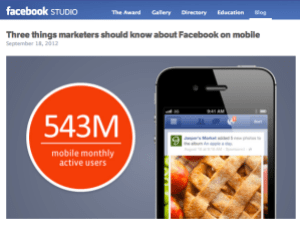My response is below. Check the story for the opinions of many others in the industry as well.
Read MoreIf I had to wager a guess, I’d have to say that programmatic will be a larger force, but only if you take “native” to mean the native units at domain-specific platforms like Facebook, Twitter, Tumblr and the like. But it’s very important to define your terms here because in five years time, I think you will be able to buy all of these “native” units across a unified “programmatic” platform — and that platform has not yet been built. We are, as an industry, heading in that direction, and it’s a very exciting one. When programmatic merges with native and is fueled by data and a transparent, objective framework, everyone wins.









